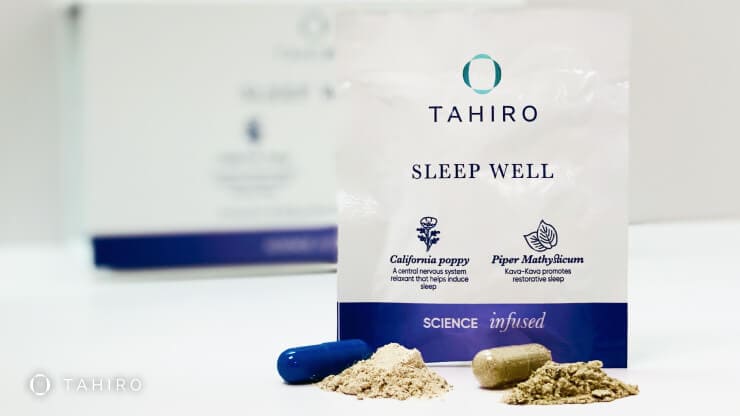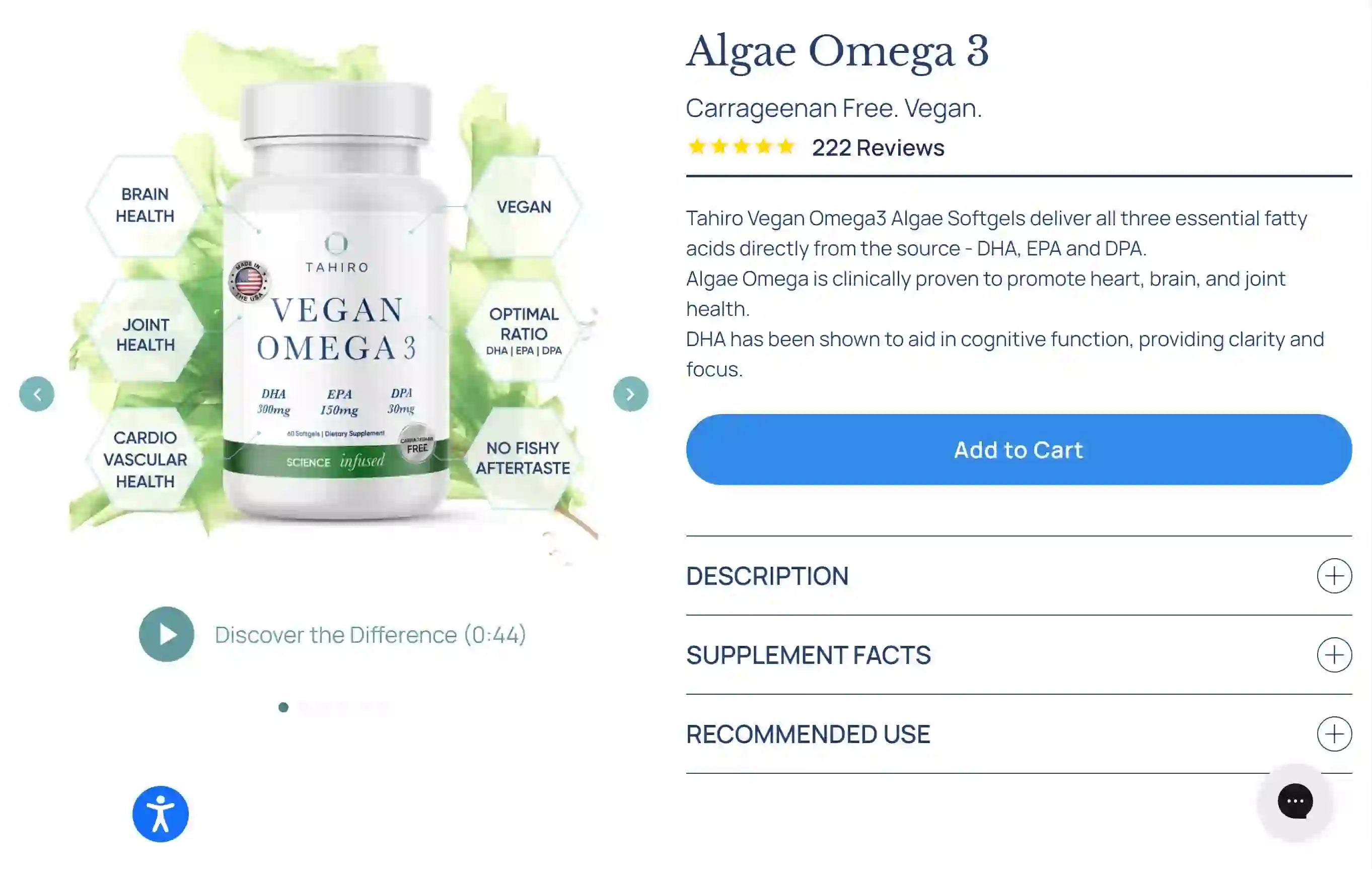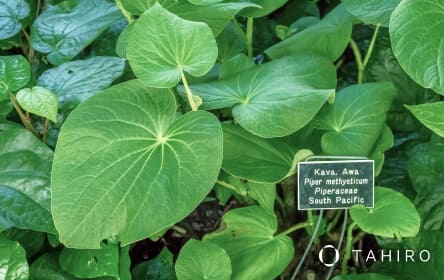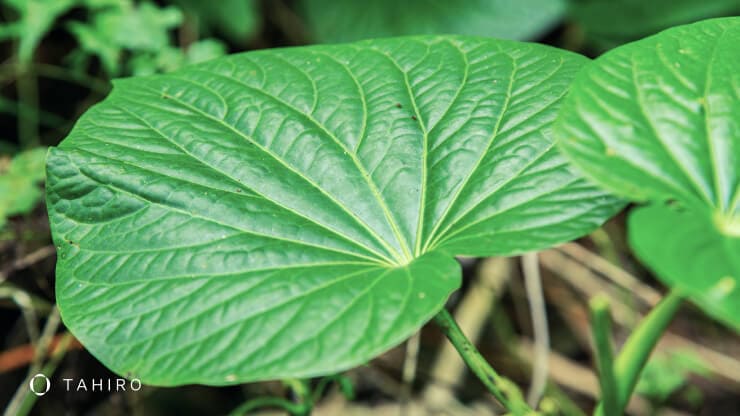Kava Kava, also known as Piper methysticum, is a traditional plant native to Pacific Island societies [6]. Known for its calming and sleep-inducing properties [1], Kava offers a natural solution for those looking to relieve anxiety, stress, and insomnia [6, 8, 9]. Recent clinical trials have supported these traditional claims, making Kava a subject of interest in modern pharmacology.
What is Kava Kava?
Kava, scientifically known as Piper methysticum, is a plant native to the South Pacific Islands. The plant is particularly revered for its roots, which contain a complex array of bioactive compounds called kavalactones [8].
There are six primary kavalactones which together account for about 96% of the plant's pharmacological activity [2]. These compounds influence various neurotransmitter systems in the brain including dopamine and noradrenaline [6, 9]. For example, kavalactones have a modulatory effect on the GABAergic system, which is involved in reducing neural activity and producing calming effects [9].
The kavalactones also interact with the endocannabinoid system, particularly the CB1 receptor [7]. This contributes to Kava's unique physiological effects, such as anti-anxiety, muscle relaxation, and sleep-promotion [9].
Kava Health Benefits
Anti anxiety effects: Kava's most well-documented benefit is its anti-anxiety effect. Clinical trials have shown significant improvements in various forms of anxiety, such as neurotic, premenopausal, and chronic anxiety [9]. These effects are achieved through modulation of the GABA activity and alteration of lipid membrane structures, as well as inhibition of sodium channel functions [5, 9, 10]. In randomized placebo-controlled trials, Kava has demonstrated a statistically significant reduction in anxiety symptoms in both animal models and early clinical trials involving humans [5, 9, 10].
Sleep promoting effects: Kava has been shown to have sleep-promoting effects. These are thought to be due to changes in the activity of 5-HT neurons [1]. Its relaxing effects are attributed to the activation of the mesolimbic dopaminergic neurons [1, 10]. The kavalactone, yangonin, which acts as a CB1 receptor agonist, may also contribute to sleep regulation through its action on the endocannabinoid system [7].
Drug interactions: Kava can interact with other medications. It is crucial to consult healthcare providers before combining Piper Methysticum with other medicines, especially those metabolized by the liver. Kava's GABA-modulating and MAO-B inhibiting effects can potentiate the effects of other sedatives and antidepressants and also can have interactions with alcohol [9].
Additional benefits: Piper Methysticum has also been studied for its potential neuroprotective effects. The kavalactones are believed to interact with lipid membranes, altering their structure, which could have implications in the treatment of neurodegenerative diseases [9].
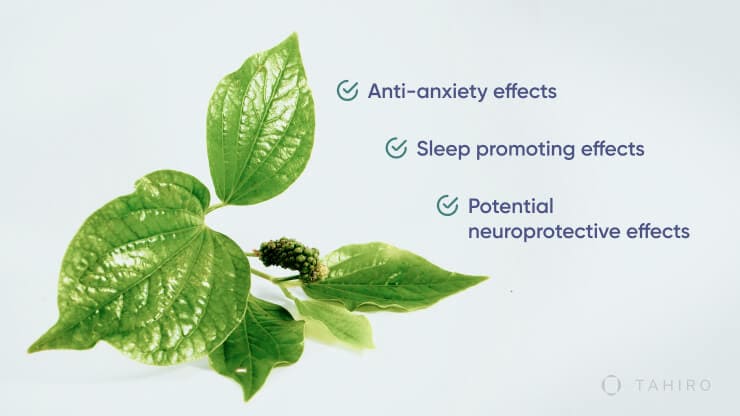
What Are the Side Effects of Kava?
While Kava is generally considered safe, especially in water-extracted forms, some minor side effects have been reported. These include nausea and gastrointestinal discomfort. Excessive dosage and use with alcohol have been linked to hepatotoxicity [1, 9, 10]. Additionally,long-term heavy use of Kava has been associated with a skin condition known as kava dermopathy, characterized by rough, dry, and scaly skin [9].
As previously mentioned, Kava can interact with other medications, especially those that affect the central nervous system. This includes but is not limited to, sedatives, antidepressants, and medications for anxiety [9]. Pregnant and breastfeeding women should avoid Kava due to the lack of safety data. Similarly, individuals with pre-existing liver conditions should consult their healthcare providers before taking Kava.
How to Use Kava - Piper methysticum
Forms of Kava Kava: Piper Methysticum comes in various forms including root powder, capsules, tinctures, and teas. The most traditional form is the water-based extraction, commonly referred to as Kava tea. The root is ground into a powder, mixed with water, and then strained. This method is often considered the safest way to consume Kava, especially for those new to its effects [6].
Dosage: Dosage can vary depending on the form of Kava and the condition being treated. Clinical trials often use dosages ranging from 100 to 300 mg of kavalactones per day [9, 10].
Improve sleep: For sleep improvement, Piper Methysticum can be taken an hour before bedtime [10]. Ensure you consult a healthcare provider for the appropriate dosage and form.
